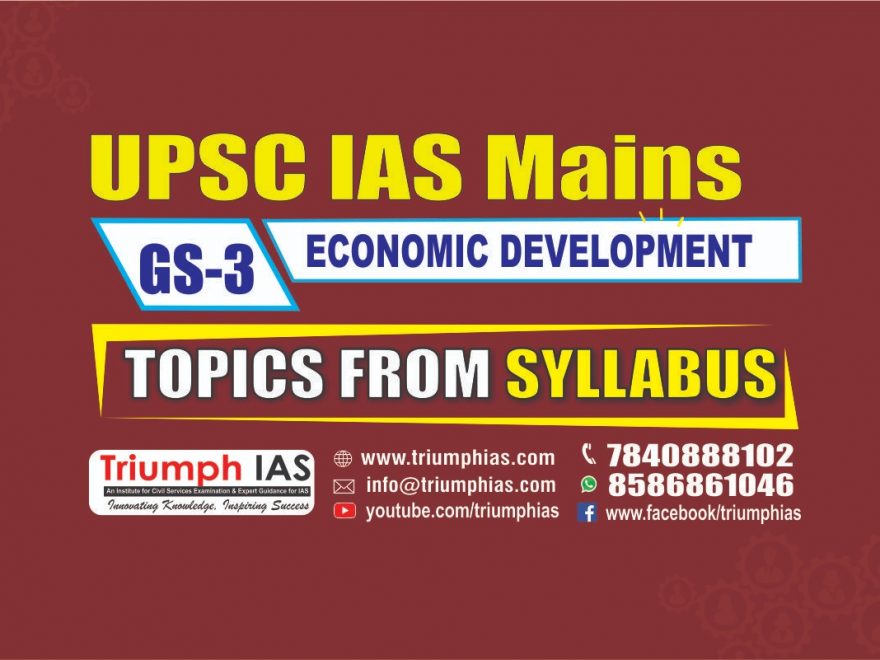Relevance: Mains: G.S paper III: Indian Economy: Transport
The Government of India is aggressively pushing for the development of inland waterway routes as part of an integrated transport network strategy. 106 new national waterways were announced under the National Waterways Act, 2016. With the five existing National Waterways (NW), the addition of the new ones takes the total number to 111 in the country.
A developed IWT will not only augment the overall transport capacity of the country, but will also help correct the transport modal mix that impose huge logistics costs on the Indian economy.
Jal Marg Vikas Project (National Waterway-1, River Ganga):
- Jal Marg Vikas Project (JMVP) is being implemented for capacity augmentation on Haldia -Varanasi stretch with technical and financial assistance from the World Bank.
- NW-1, along with the proposed Eastern Dedicated Freight Corridor and NH-2, constitute the Eastern Transport Corridor of India connecting the National Capital Region (NCR) with the eastern and North-eastern states.
- This will function as a link to Bangladesh, Myanmar, Thailand, Nepal and other east and Southeast Asian countries through the Kolkata Port and Indo-Bangladesh Protocol Route.
- Inland Waterways Authority of India (IWAI), the nodal agency under the Ministry of Shipping is mandated to make National Waterways commercially navigable.
- IWAI aims to increase the cargo transportation through IWT on National Waterways in the country.
- According to a World Bank economic analysis, approximately 1.5 lakh direct and indirect employment opportunities will be created due to interventions under the Jal Marg Vikas Project.
JMVP is a wholly inclusive, economic and environment friendly game changer intervention on river Ganga. Along with giving a fillip to trade and commerce, it will help rejuvenate the river. The project not only creates an alternative, cost effective mode of transport but will create ‘Room for River’ which has proved to be an effective flood mitigating and river conservancy measure internationally, especially in low lying Netherlands.
State-of-the-art Vessel Design:
- In August, 2018, IWAI made public 13 standardised state- of- the- art ship designs suitable for large barge haulage on river Ganga (National Waterway-1).
- This marked attaining of a critical milestone in the growth of the country’s Inland water Transport (IWT) sector.
- It will help overcome the unique navigation challenges river Ganga throws up due to its complex river morphology, hydraulics, acute bends, shifting channels, meanders and currents.
- It will serve as an enabler for the domestic shipbuilding industry working on inland vessels and open huge possibilities for cargo and passenger movement on National Waterway-1.
- For the shipbuilding industry, the new designs will translate into a savings. It will lead to reduced fuel costs and in turn lesser logistics costs.
- Some of the designs would enable movement of bulk cargo carriers with capacity of 2500 tonnes at three metres depth, thereby removing almost 150 truckloads of pressure form the road or one full rail rake with the plying of just one such vessel.
- The new designs will obviate the dependence of Indian ship builders on foreign ship designs for IWT and prove to be a boost to the ‘Make in India’ initiative of the Government.
Benefits of Inland Water Transport:
IWT provides supplementary mode of transport which is cost effective, fuel efficient and environment friendly.
- Low emissions- CO2equivalent greenhouse gases emission per tonne-km of cargo transportation is 15g by IWT, 28g by Rail and 64g by Road transport.
- Low energy consumption -1 HP can carry 4000 kg load in Water, 500 kg by Rail and 150 kg on Road.
- Low fuel cost -1 litre fuel can move 105 tonne- km by IWT, 85 tonne – km by Rail and 24 tonne – km of freight by Road.
- IWT can provide optimal modal mix by integrating river transport with other modes thereby reducing total logistics cost.
- It eases congestion on Road and Rail networks.
- IWT requires very little land acquisition as compared to Road and Rail modes.
- Caters to the needs of relatively under developed hinterland.
Business Opportunities:
The development works being undertaken by IWAI provide business opportunities to players involved in waterways in the fields of:
– Cargo Movement
– Dredging Works
– Construction, Operation and Maintenance of Terminals
– Barge Construction and Operations
– Navigation Aids
– Hydrographic Surveys
– Manpower Supply for Vessels and Terminals. Training of Vessel Crews
– Stevedoring and Forwarding
– Cruise Operations
– Consultancy Services for Techno-Economics Feasibility, Environmental and Social Impact and Market Analysis Studies, Preparation of DPRs.
– Project Management Consultancy
– Construction Supervision
– Proof Checking of Design
– Model Studies.
Promoting River Tourism:
- International publication ‘Condé Nast Traveller’ listed Ganga cruise as one of the ‘six river cruises to take in 2017’.
- In addition to becoming one of the principal cargo movement routes in India, this stretch on NW-1 has good potential for river cruise tourism.
Achievements of Major Ports:
Some of the major policy and procedural steps and achievements in the recent past are:
(i) To bring the major ports at par with the International standards, a study on Benchimarking of efficiency and productivity of major ports was carried out.
(ii) A new Special Purpose Vehicle, namely Indian Port Rail Corporation Ltd. has been set up as a public limited company to undertake last mile rail connectivity projects in major ports so as to improve their handling capacities and efficiency.
(iii) Operating, Surplus of major ports increased.

